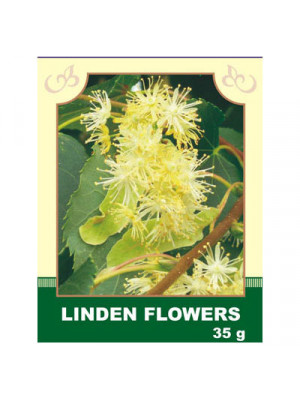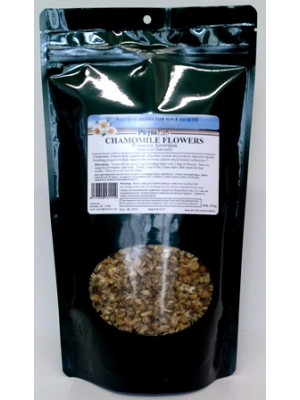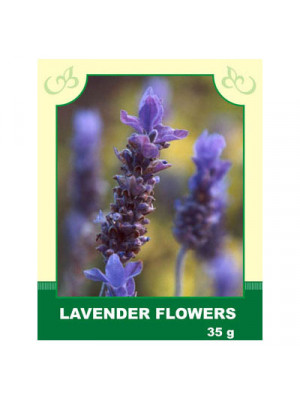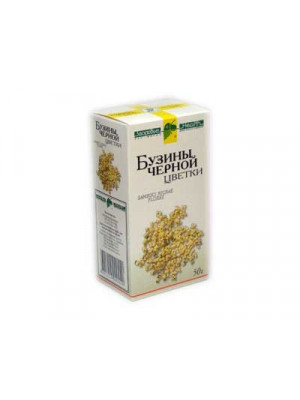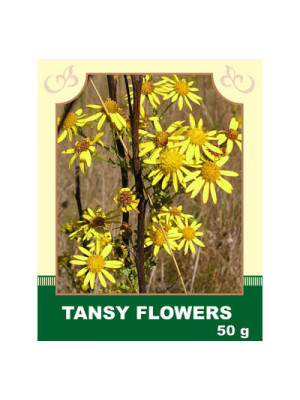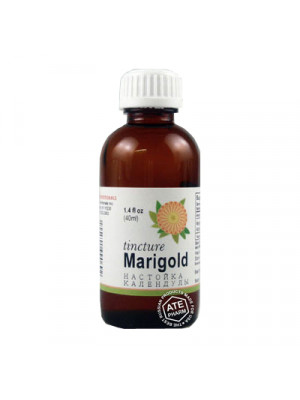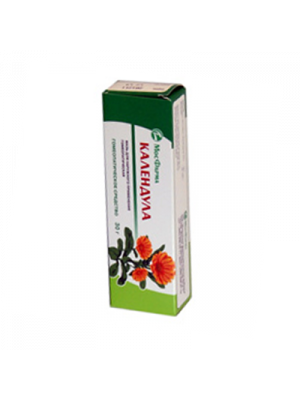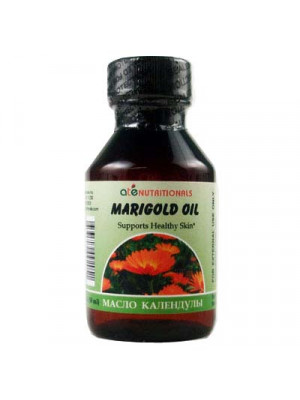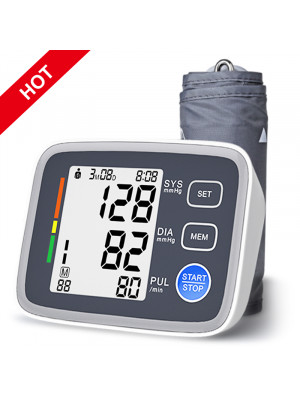Search results for 'calendula flower tea'
Internally, linden flower infusion is taken for the following conditions:
- Colds, rheumatism, and cough;
- Inflammation of the kidneys and bladder;
- Nervous system disorders in children and the elderly, including hysteria, epilepsy, and headaches;
- Intestinal colic and stomach pains;
- During measles and mumps.
Methods of administration and dosages: 2 tablespoons of crushed linden flowers are infused in 200 ml of hot boiled water, steeped for 20 minutes. Taken internally in a warm form, 1-2 cups 2-3 times a day after meals.
Externally, the infusion is used for:
- Gargling in cases of inflammation of the mucous membranes of the mouth and respiratory tract;
- As compresses and lotions for edema, ulcers, inflammation of hemorrhoidal nodes, and joint pain in rheumatism and gout;
- As therapeutic baths: 100 g of raw materials are poured into 2 liters of boiling water, boiled for 5 minutes, and infused until cooled.
Contraindications: Individual intolerance.
$7.99
Description. Chamomile has been known of since ancient times and has been called the plant's physician because ailing garden plants recover when it is planted close to them. Chamomile is one of the most widely used ingredients in herbal teas worldwide. An infusion of the flowers is taken internally as an anodyne, anti-inflammatory, antiseptic, antispasmodic, carminative, cholagogue, diaphoretic, emmenagogue, febrifuge, sedative, stomachic, tonic and stimulating metabolism. In particular it is an excellent herb for various digestive disorders, nervous tension and irritability and is also used externally for skin problems. Use. An infusion is particularly useful as a stomachic, nervine and sedative for young children, especially when they are teething. It is also used for irritable bowel syndrome, peptic ulcers and hiatus hernia. In large doses, or when taken regularly for several times each day, the tea can be emetic and can also cause the symptoms it is intended to cure. The flowers are also used externally to treat wounds, sunburn, burns, hemorrhoids, mastitis and leg ulcers. We believe that every home should have therapeutic chamomile in their medicine cupboard - especially where there are young children.
Warning! Before using any herbal products, make sure that you have full knowledge of how the herb works and any adverse reaction it may cause.$9.99Internally, lavender is taken as a sedative and calming remedy for migraines, neurasthenia, and tachycardia. It is also used as a diuretic and antispasmodic agent. Lavender helps normalize stomach acidity, increases appetite, lowers blood pressure, and promotes the flow of bile.
Method of application and dosage: 20 g of raw material is poured with 400 ml of boiling water, infused until cooled, and strained. It is taken in doses of 1/2 cup 3-4 times a day. Externally, it is used as a rubbing agent for inflammation of the middle ear and as an analgesic for headaches, dislocations, and sprains.
Externally, a tincture of the herb in sunflower oil is used for rubbing into affected areas: 1 part of the raw material is poured with 5 parts of unrefined sunflower or olive oil, infused for 1-2 months.
Contraindications: individual intolerance.
$6.99- Diaphoretic for colds, they rinse their mouth and throat when laryngitises and angina. Has a tonic, diaphoretic, expectorant, laxative, diuretic effect. Used for rheumatism. Unripe fruit of elderberry are poisonous, they act as a strong diuretic and laxative and contain prussic acid, ripe - completely safe and edible.$9.49
Internally, it is taken as an antipyretic and sedative for cramps in rheumatism and polyarthritis, headaches, hypochondria, epilepsy; as an antiparasitic remedy for expelling roundworms and pinworms; as a cholagogue for liver and gallbladder diseases, as well as for kidney and bladder inflammations, menstrual cycle disorders, and nervous excitement.
Method of application and dosage: Decoction - 2 tablespoons of finely chopped raw material, pour 0.5 liters of boiling water, simmer on low heat for 10 minutes, let it infuse for half an hour to an hour, and drink 1/4-1/3 cup three times a day 20-30 minutes before meals.
The infusion of tansy is prepared in the same proportion. It is usually taken in 1/4-1/3 cup three times a day. In case of peptic ulcer disease, the dose of infusion and decoction can be increased to 1/2 cup per intake.
Externally, it is used for treating purulent wounds, ulcers, bruises, rheumatism, scabies, and for washing the head in case of pediculosis (lice infestation). Steep 1 tablespoon of flower heads in 400 ml of boiling water for 2 hours.
Contraindications: Individual intolerance, not recommended during pregnancy and for children of a younger age. The plant is potent, strict dosage is required.
$5.50- Popular names for Linden are Tilia and Lime. Lime flowers are a popular domestic help for a number of ailments, especially in the treatment of colds and other ailments where sweating is desirable. Active ingredients in the lime flowers include flavonoids (which act as antioxidants), volatile oils, and mucilaginous constituents (which soothe and reduce inflammation). The plant also contains tannins that can act as an astringent. The flowers were added to baths to quell hysteria, and steeped as a tea to relieve anxiety-related indigestion, irregular heartbeat, and vomiting. Tilia flowers are used in colds, cough, fever, infections, inflammation, high blood pressure, headache (particularly migraine), as a diuretic, antispasmodic (reduces smooth muscle spasm along the digestive tract) and sedative.$8.99
Description. Calendula is not one of the major medicinal herbs, but it does have its place in the medicine cabinet. Calendula has antiseptic, anti-inflammatory, mild sedative, cholagogic, spasmolytic activity. Historically, Calendula flowers have been considered beneficial in promoting wound healing. Calendula tincture helps to cope with skin inflammations, skin ulcers, it improves tissue regeneration. Calendula tinctures are used as a gargle for mouth inflammations. Calendula is recommended for heart disorders, liver and biliary tracts problems, for climacteric disorders and others. Calendula is effective for juvenile acne and dry psoriasis.
Warning! Before using any herbal products, make sure that you have full knowledge of how the herb works and any adverse reaction it may cause.$6.99- Marigold (Calendula) is valued for its outstanding healing properties. Calendula ointment has anti-inflammatory, antiseptic and reparative effects. The active components of calendula (flavonoids and carotinoids) improve blood circulation in skin, promote regeneration of epithelium and healing of wounds. Marigold ointment is recommended for use in cases of burns, cuts, bed sores, skin cracks and other skin problems. Contradictions: personal hypersensitivity to any components.$6.99
- Marigold oil is one of the ancient herbs used for many purposes. This oil is highly valued nowadays too. The oil is used for skin damages, inflammations and irritations. This oil is considered to be the best baby oil and skin nourishments. Marigold oil has anti-inflammatory, antiseptic and wound healing. The oil is used topically as a bandage for ulcers, cuts and burns. Marigold oil is also used internally for gastritis, colitis, stomach ulcers and as a sedative for climacteric disorders. The product is 100% natural and is made from the best herbs without dyes, additives and preservatives.
Warning! Before using any herbal products, make sure that you have full knowledge of how the herb works and any adverse reaction it may cause.$8.89


